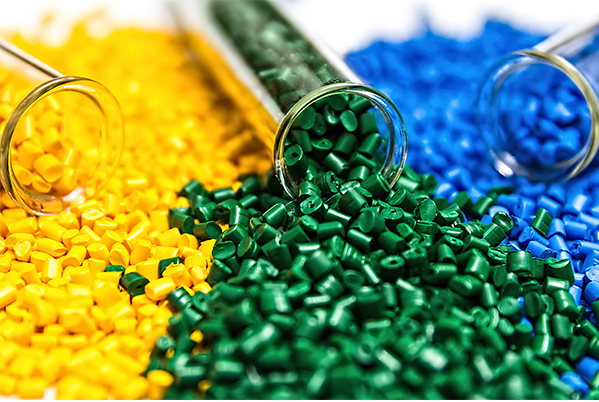Hey there! If you’re a regular visitor to our site, you may already know that we like to keep you updated on sustainable textiles in an easy-to-understand way. And if you’re new here, welcome! We’re always happy to have new readers. Today, we’re excited to talk about another green solution that’s been trending – Green Chemistry
What are Non-Eco friendly substances?
Before going to the chemistry, first, let’s know about the problem. Whenever we hear non-eco-friendly, we assume it is manmade or waste. But the truth is there are lots of natural substances which can be self-killer for the environment. By considering them, non-eco-friendly substances can be classified into two categories.
- Non-biodegradable organic materials: They aren’t broken down by microbes and have no biodegradable oxygen demands.
- Hazardous substances: They are both toxic and reactive. If they are released, they can take minutes to years to cause an undeniable threat to mankind. This very category can be classified into
- Toxic heavy material: Pb, Hg, Cd, etc.
- Volatile organic solvents: PERC, TCE
Remedies for our earth
One of the important remedies is green chemistry. It stands for the design of chemical production by eliminating the use or generation of hazardous substances. Paul Anastas & john C. Warner introduced this through books. They talked about the 12 principles of green chemistry.
Green chemistry is often confused with production in an organic way. But there are huge differences. Green chemistry deals with new sciences and technologies to prevent the formation of any waste by life cycle assessment (LCA).

What is life cycle assessment(LCA)?
Also known as the cradle-to-grave method mainly analyzes the environmental impact of products at their different stages. Green chemistry ensures a reduction in the impact ratings. LCA works by the following method:
EP(j)i= Qix EF (j)i
Let’s know about the advantages
- As it reduces waste, disposal cost automatically decreases.
- The above tends to decrease production costs.
- It reduces material consumption due to more efficient processes.
- Renewable sources can be used more often.
- Saves the environment as well as lives.
But there are the problems
- Chemical Substitution: Identifying and developing green alternatives to hazardous chemicals traditionally used in textile processing, such as dyes, bleaches, and finishing agents.
- Performance Optimization: Increasing the performance of green chemistry to meet the desired quality of chemicals.
- Technological Innovation: To cope with regular climate changes, new technologies are always needed in green solutions.
- Scalability: Scaling up green chemistry processes from laboratory to industrial production levels while maintaining efficiency, consistency, and cost-effectiveness.
- Cost management: Developing green chemistry with proper cost is quite tough to crack.
- Supply Chain Integration: From raw material sourcing to transparency, integrating green chemistry and making it renowned is indeed challenging.
- Consumer Education and Awareness: Increasing awareness for the sake of all living creatures.
Final words
Green chemistry is the greenest solution for our textile. In contrast to organic chemistry, it monitors every step of production and gives the most sustainable solution. As we have to work with chemicals now and then, why not the harmless ones?




